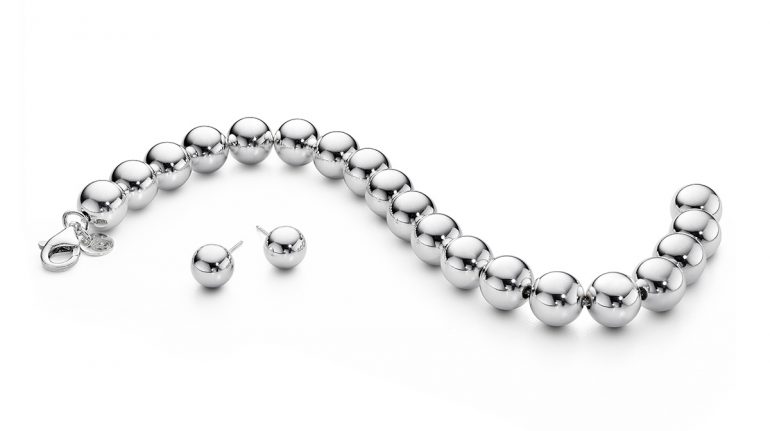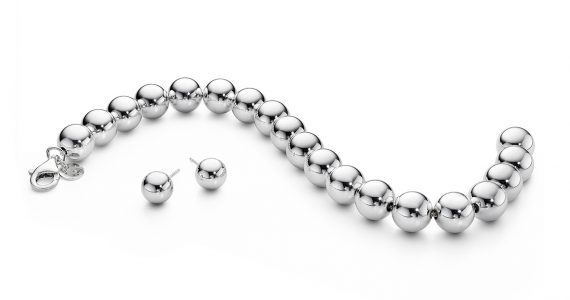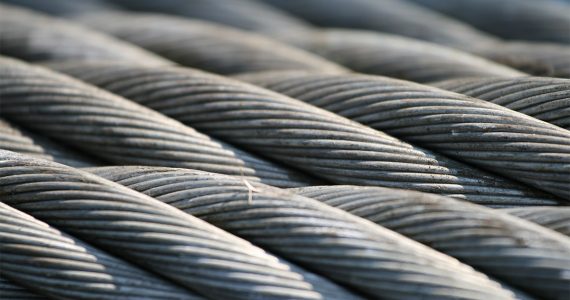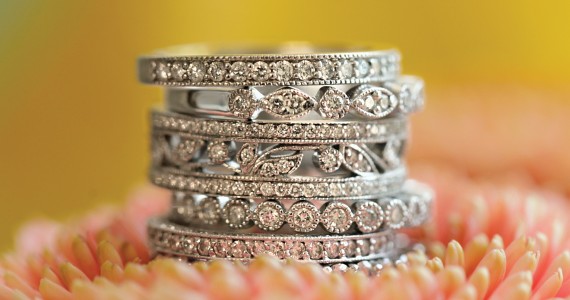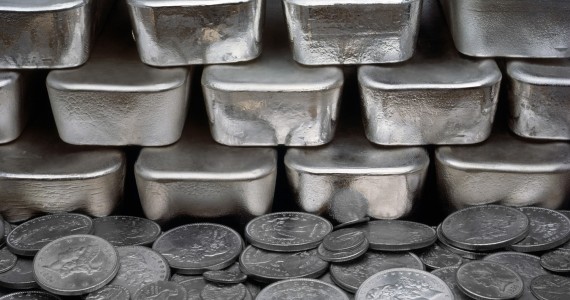If you have only been accustomed to the term goldsmith and have probably never heard of the word silversmith but now, well this article is all about making silver jewelry. If there one thing you should know about silver jewelry-making, it is that it’s not rocket science.
With a simple guide to walk you through the process, you will find that it is not an extremely difficult thing to do even to beginners. So yes, it’s not just limited to the most advanced jewelers but you can make your DIY silver jewelry, too!
Five Steps of Silver Jewelry-Making
In the entire process of making your silver adornment, there are only five basic steps from the design you have in mind to the jewelry piece you wanted to make, be it be a ring or a bracelet or a necklace. Many silversmithing projects don’t even require all five steps. Let’s break down the process of making custom-made silver jewelry into these manageable steps:
1. Sawing
A good silver jewelry maker will teach you that the secret to successful metal sawing involves a good saw with the sharpest blades you can afford and mastery in effective sawing technique.
You can start with a 2/0 saw blade for use all-around, and then soon venture to 4/0 once you get used to the basic all-around blade. For a more intricate and elaborate silversmithing work, you can use a 6/0 saw blade. To lube your saw blade, use beeswax or a lubing product. When you start sawing, strive to keep a steady and fluid sawing rhythm.
2. Filing
When you master the art of fluid sawing, filing as the second step will be easy for you to do. Probably, you will only encounter challenges with which direction to move the file. But when you file, do so only in one direction away from you. Do not file back and forth; this is totally different from nail filing.
Files are commonly flat or half-round, and they are sized according to number where the higher number means the finer the cut will make. So that means #0 and #1 are the best large-tooth files that can swiftly polish the metal in the shortest time possible. If there are flawed or irregular edges on your sawed metal piece, these are the file numbers you would want to use for a smooth filing.
Finer work requires larger number for smaller tooth. If you only need to have one file, choose #2 as it is the medium-tooth file and may be used for all purposes.
3. Metalworking
This step involves several other procedures such as forging, hammering, texturing, dapping and doming, etc. Basically, what you need to bend and shape metal into just about any form you want is a rawhide or plastic mallet. It can shape around a ring, a neck mandrel, a bracelet or any surface with curves hard enough to be formed.
Silversmithing hammers come in various textures to let you create the desired effect and shape of your piece. Before hammering and texturing on silver, practice first with less expensive metals like copper and then move on to your actual silver piece when you are familiar enough with the process. If you need to form a domed-shape, dapping blocks that look like molds are what you will use to achieve your desired shape.
4. Soldering
In this step, you will learn the different types of flames such as oxidizing (hissing), reducing (full yellow) and neutral (yellow-tipped) because you will need to familiarize yourself with it when you start working on the torch. You will also learn how to move the flame at the perfect speed and the perfect height as you pass over your silver piece to heat the metal.
Moreover, you will also learn how much flux to use to sufficiently protect the silver piece but not mess up with the fire brick. You will be able to know when and where to find the perfect spot to place soldered bits and what it will look like when it melts and flows. Finally, you will learn to identify the desired temperature of the metal based on the flux appearance.
5. Finishing
You are on to the last step of your silver jewelry-making and that is the finishing touches which includes processes like texturing, burnishing, buffing, polishing and patinating. But before doing the final polish, you will probably need to do some more filing, sanding and cleaning off of any remnants from soldering.
At this point, you might need to do more texturing to your silver design depending on what you are making. For a smooth polish, you need to use a rouge and buffing wheel.
Patinating is an optional process if you want to add patina to your jewelry design using a liver of sulfur to give it an antique look.

